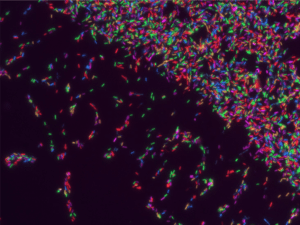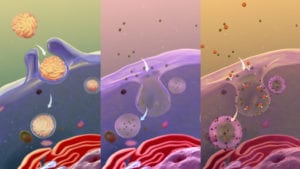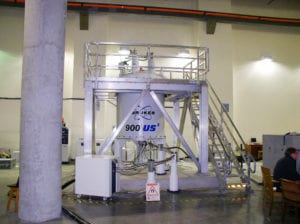
Little bacteria in a big world: Making sense of microbial sensing
October 13, 2021
Graduate student John Berude highlights a new discovery from the Portnoy lab at UC Berkeley that helps scientists understand how food-borne pathogens know when they’ve reached their target.






